Catawba Grape Vine tree
- June 16, 2023
- 0 comment
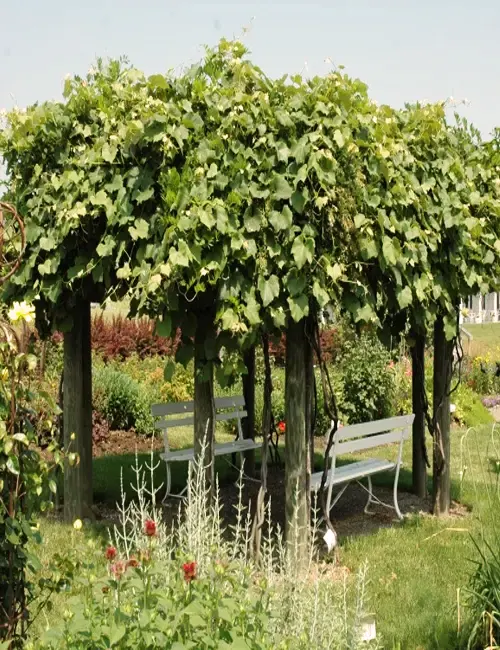
Common Name: Catawba Grape Vine tree
Botanical Name: Vitis labrusca ‘Catawba’
Family: Vitaceae
Plant Type: Deciduous vine
The Catawba Grape Vine tree is a captivating and versatile plant that has gained popularity among gardeners and wine enthusiasts alike. With its lush foliage, abundant clusters of juicy grapes, and numerous benefits, the Catawba Grape Vine tree is a valuable addition to any garden or vineyard. In this article, we will delve into the various aspects of this remarkable plant, from its botanical name to its habitat requirements and fascinating characteristics.
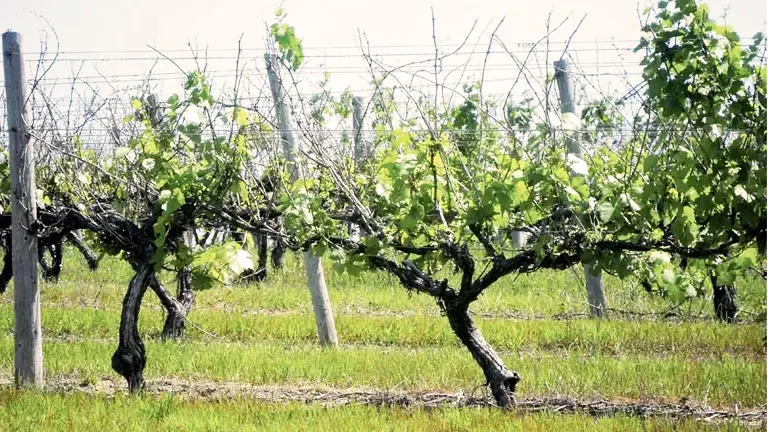
Mature Size and Growth Rate
The Catawba Grape Vine tree can reach an impressive height of up to 15-20 feet (4.5-6 meters) and has a spread of approximately 6-8 feet (1.8-2.4 meters). This vigorous climber exhibits a moderate growth rate, ensuring that you can enjoy its beauty and harvest its fruit within a few years of planting.
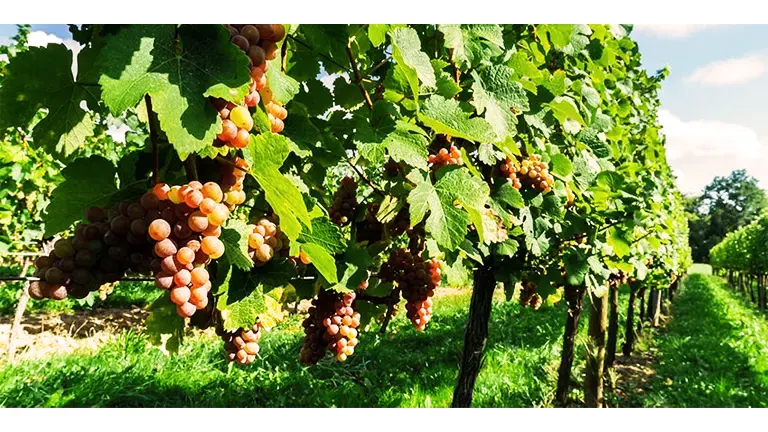
Soil Type and Preference
Catawba Grape Vine trees are adaptable to various soil types. However, they thrive best in well-drained soils with a pH range of 5.5 to 6.5. It is essential to ensure proper soil drainage to prevent waterlogged conditions that can lead to root rot.

Hardiness Zones and Sun Preference
This grape variety is suited to hardiness zones 5 to 8, making it ideal for a wide range of temperate climates. Catawba Grape Vine trees require full sun exposure, preferably a minimum of 6-8 hours of direct sunlight each day, to thrive and produce an abundant harvest.

Attributes
The Catawba Grape Vine tree offers numerous appealing attributes. Its large, green leaves create a lush canopy, providing shade and adding a touch of elegance to the landscape. Additionally, the plant produces beautiful clusters of grapes with a striking pinkish-red hue, making it a visually stunning addition to any garden.
Characteristics
This grape vine tree is characterized by its vigorous growth, large leaves, and showy pinkish-red grapes. The foliage turns vibrant shades of yellow, orange, and red during the fall season, adding to its aesthetic appeal. It is known for its resistance to cold temperatures and ability to withstand harsh weather conditions.
Wildlife Value
The Catawba Grape Vine tree serves as a valuable resource for wildlife. The sweet grapes attract a variety of birds, including robins, cardinals, and waxwings, providing them with a source of nourishment. Bees and butterflies are also attracted to the flowers, aiding in pollination.
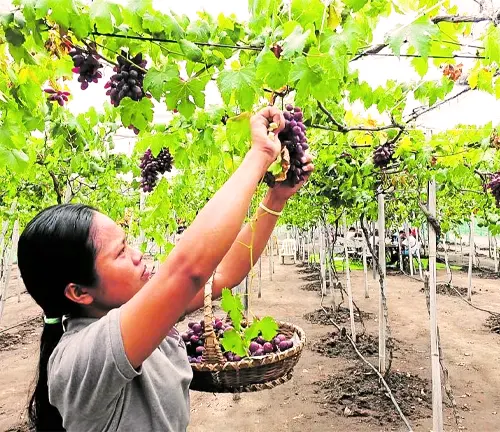
Care
Caring for Catawba Grape Vine trees involves regular maintenance to ensure optimal growth and fruit production. Pruning, trellising, and proper watering are essential. Regular inspections for pests and diseases, along with appropriate pest management strategies, are vital to maintaining plant health.
Benefits
The benefits of cultivating Catawba Grape Vine trees are plentiful. Firstly, they offer an abundant harvest of delicious grapes that can be eaten fresh or used for making juice, jellies, and wine. Moreover, the plant’s shade-giving qualities, ornamental value, and wildlife attraction contribute to the overall aesthetic appeal of any landscape.
Invasive
The Catawba Grape Vine tree is not considered invasive. It is a cultivated grape variety that requires intentional cultivation and care to thrive.
Lifespan
With proper care and maintenance, Catawba Grape Vine trees can live for several decades. Some well-established vines have been known to survive for over 50 years, providing a consistent supply of grapes year after year.
Disadvantages
One potential disadvantage of the Catawba Grape Vine tree is its susceptibility to certain diseases, such as powdery mildew and black rot. However, with regular monitoring and appropriate management practices, these challenges can be mitigated effectively.
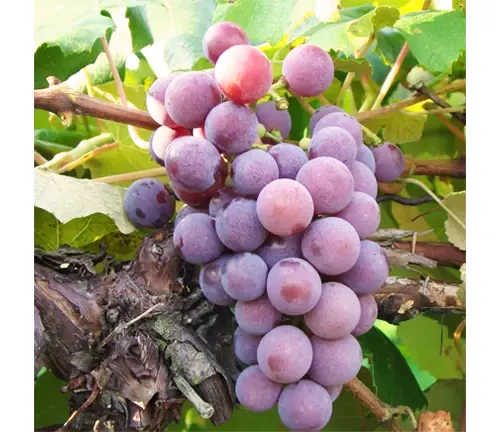
Edible or Not
The grapes produced by the Catawba Grape Vine tree are indeed edible. They possess a unique flavor profile with a sweet, tangy taste that is highly regarded by many grape enthusiasts.
Habitat Requirement
Catawba Grape Vine trees thrive in a variety of habitats, including well-drained garden soil, vineyards, and even rocky terrains. Adequate sunlight, proper airflow, and access to water are essential for their successful growth.
Name Origin
The Catawba Grape Vine tree is named after the Catawba River in North Carolina, where it was first cultivated in the early 19th century. The name pays homage to the Native American Catawba tribe, who resided in the region.
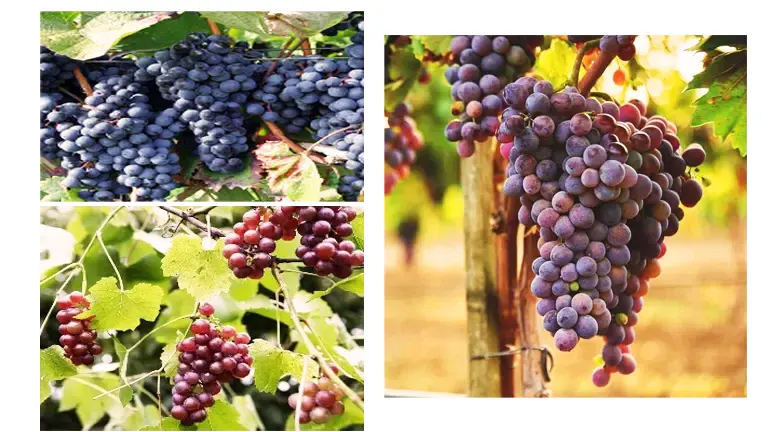
Varieties
While the Catawba Grape Vine tree is a variety in itself, there are different cultivars of Vitis labrusca with unique characteristics and flavors. Some notable varieties include Norton, Concord, and Delaware, each with its distinct taste and appearance.
Pruning
Pruning is essential for maintaining the health and productivity of Catawba Grape Vine trees. It involves removing dead or diseased wood, thinning the canopy for better airflow, and training the vines along a trellis or support system. Pruning should be done during the dormant season to stimulate new growth and maximize fruit production.
Propagating
Catawba Grape Vine trees can be propagated through various methods, including hardwood cuttings, layering, or grafting onto rootstock. Each method has its own requirements and success rates. Consulting with local experts or reputable sources is recommended for proper guidance.
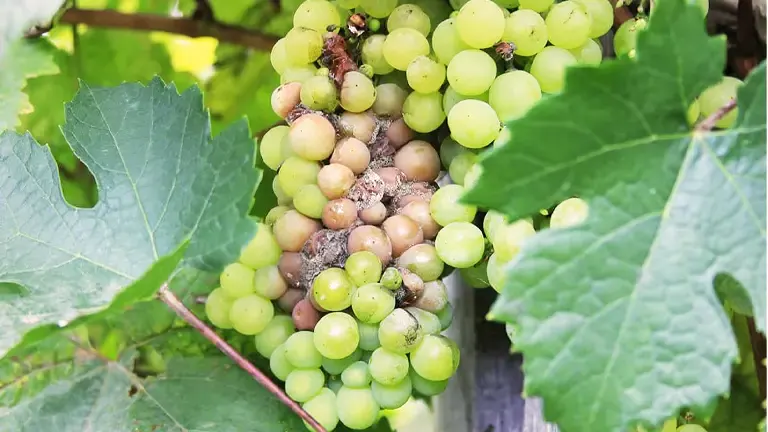
Common Pests & Diseases
Like many grape varieties, Catawba Grape Vine trees are susceptible to certain pests and diseases. Common pests include grape phylloxera, grape berry moth, and Japanese beetles. Diseases such as powdery mildew, black rot, and downy mildew can also pose challenges. Regular monitoring, integrated pest management, and appropriate cultural practices are crucial for prevention and control.
Fun Facts:
- The Catawba Grape Vine tree is known for its exceptional cold hardiness, making it a popular choice in regions with colder climates.
- The grapes of this variety are often used to produce sparkling wines due to their high acidity and pleasant aroma.
- Catawba grapes were among the first American grape varieties to gain international recognition for their wine-making potential.
Frequently Asked Questions:
- Can Catawba Grape Vine trees be grown in containers?
Yes, Catawba Grape Vine trees can be grown in containers as long as they receive adequate sunlight, proper drainage, and sufficient space for root growth. - How long does it take for Catawba Grape Vine trees to bear fruit?
Catawba Grape Vine trees typically start producing fruit within 2-3 years after planting, although full fruit production may take 3-5 years. - Are Catawba grapes suitable for making wine?
Yes, Catawba grapes are well-suited for winemaking. They can be used to produce a range of wines, from dry to sweet, and are particularly favored for sparkling wines. - What is the best time to prune Catawba Grape Vine trees?
Pruning should be done during the dormant season, typically in late winter or early spring before new growth begins.
Conclusion
The Catawba Grape Vine tree is an enchanting plant that offers both aesthetic appeal and delectable fruits. With its adaptability, cold hardiness, and numerous benefits, it has earned its place in gardens, vineyards, and landscapes across different regions. By understanding its characteristics, care requirements, and potential challenges, gardeners can cultivate this remarkable vine and reap its rewards for years to come.


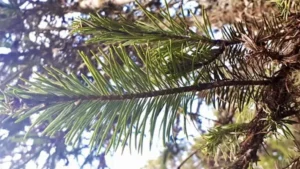

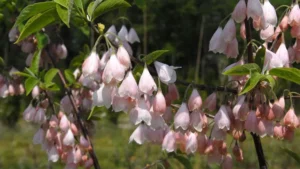



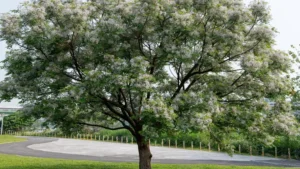

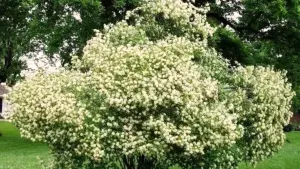
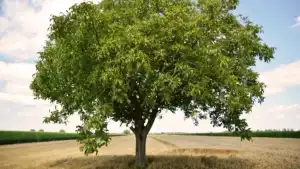


Leave your comment